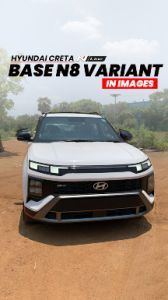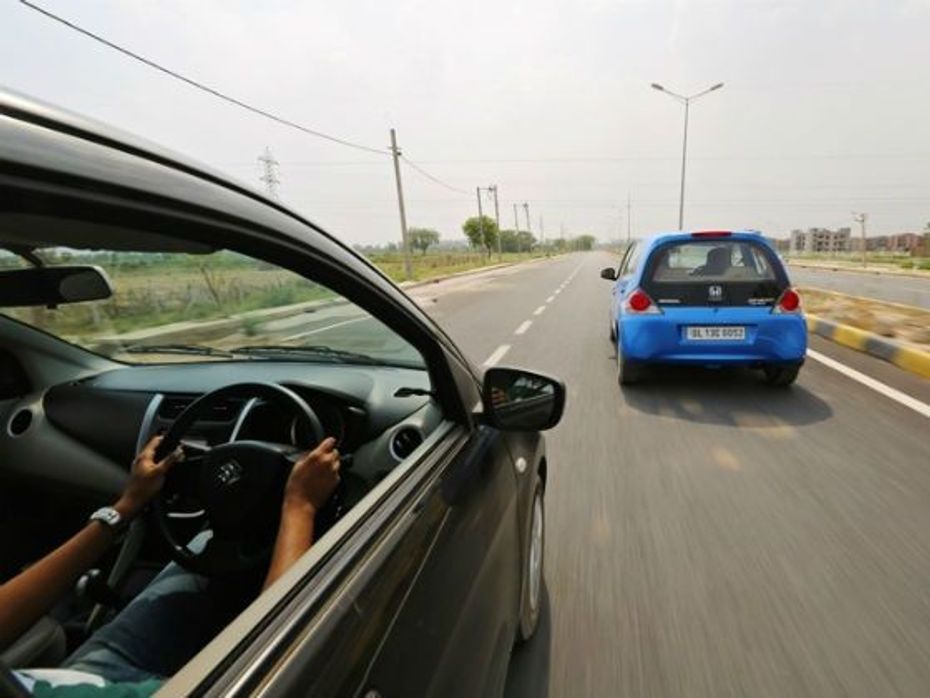Explore all New Cars of 2024
 Hyundai Creta N Line Base N8 Variant Explained In 10 Images
Hyundai Creta N Line Base N8 Variant Explained In 10 Images


There is one good way to improve fuel efficiency and one dangerous method – the first is coasting and the other is slip-streaming. Let’s take a look at coasting first.
Coasting
When you aren’t accelerating and the kinetic energy developed already by the car is taking you forward, it’s called coasting. Coasting dissipates energy to counter drag and rolling resistance by dropping speed in the process. It can be used smartly instead of braking at times. When you can see a red light from a distance or slow moving traffic in front of you, and you know that you will have to brake to stop as you near it, ease off the accelerator and let the car come to a halt by shedding speed on its own.
What’s important is to stay in gear when you are coasting. When you slot the car in neutral, the engine RPMs reduce to idling speed and this is the most ideal setting to get best fuel economy out of your car but it also can put you in a dangerous position when you need to react by accelerating. It is best to coast in a high gear when the engine revolutions are low are high speeds.
Another method of coasting is coast and burn or the other way around. You accelerate to gain momentum and use the energy generated to coast till you lose a bit of speed. This is a common technique used by cabs in India to eke out fuel at the least possible rate.
Anticipate situations
Be an attentive driver by not just reacting to what the vehicles do in front but by anticipating what the vehicle will do. This requires concentration and getting into a rhythm. When you are not dissipating energy often and regenerating it again, your fuel efficiency is improving so start spotting openings in traffic before you come closer to the vehicle in front of you and carry your momentum into the gaps as you overtake.
Slipstreaming
Slipstreaming is driving behind a vehicle that is as large as or larger than yours. What the vehicle in front of you does is creates an air pocket behind itself. When you are close enough, you are passing through less resistant air and so consuming lesser fuel. The closer you stick to the vehicle in front of you, more the efficiency. First and foremost, this isn’t a method we recommend. Slipstreaming can get dangerous if you react late to the moments of the vehicle in front of you. If you are really committed to it, then spot a large tractor trailer or bus that creates a large enough wind tunnel behind it. In such a case, you can keep your braking distance intact and enjoy the benefits of slipstreaming.
India's largest automotive community